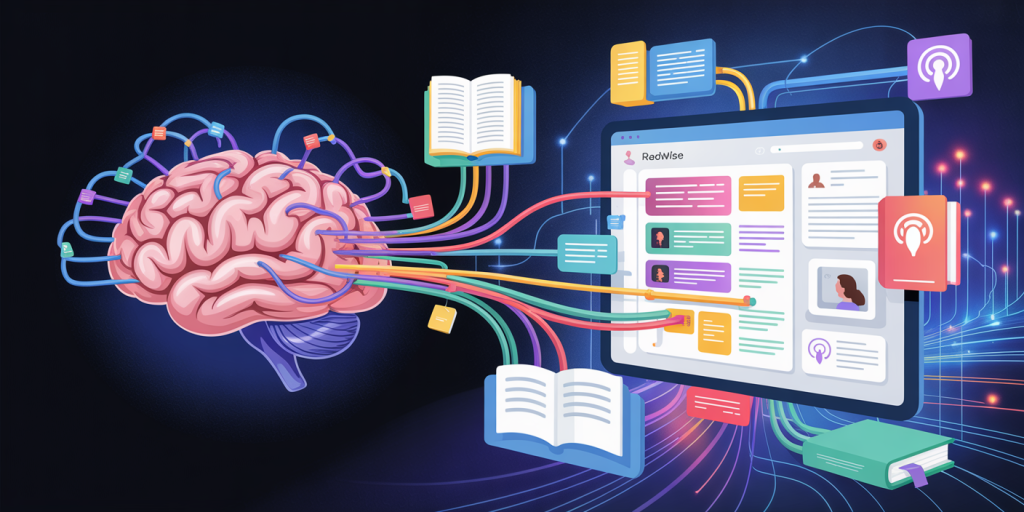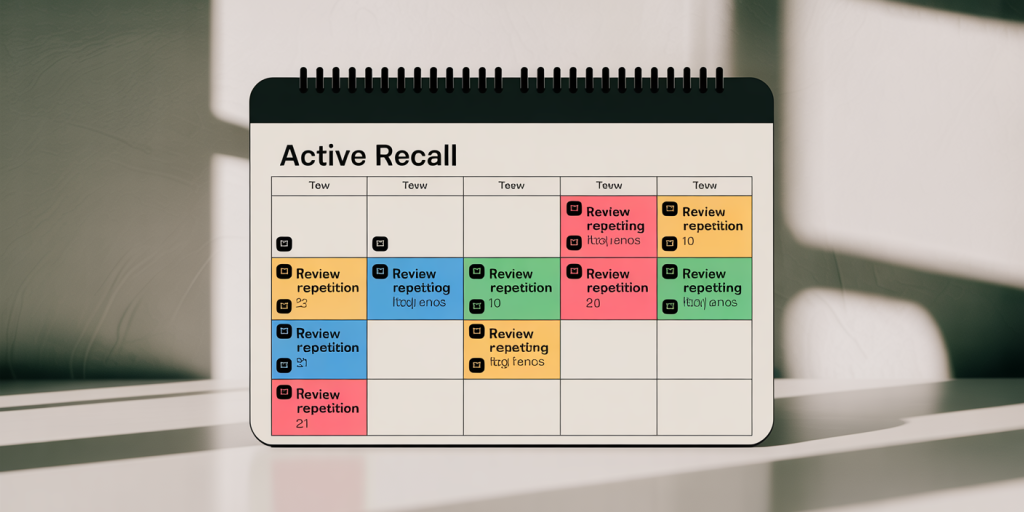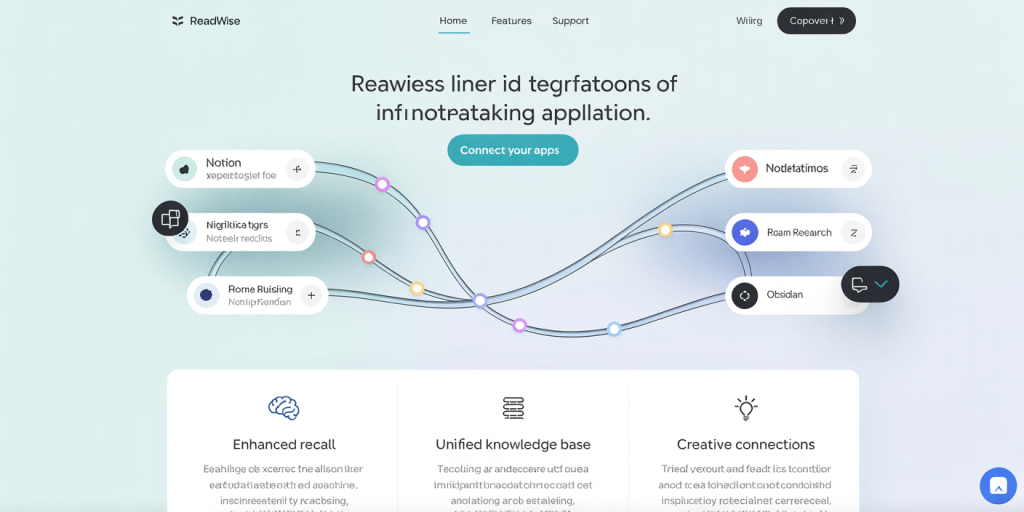How to Use Readwise to Build a Second Brain from Everything You Read
Anúncios
In the digital era, the quantity of information we consume daily is staggering. Between books, articles, research papers, and digital content, it’s easy to feel overwhelmed by data without retaining or utilizing it effectively. This is where Readwise shines — a powerful tool designed to help users capture, organize, and revisit highlights and notes from their reading materials, effectively building a “second brain.” By leveraging Readwise, knowledge workers, students, and lifelong learners can transform passive reading into active knowledge management, enhancing comprehension, creativity, and productivity.

Building a second brain refers to creating an external system for storing and organizing information so it can be easily accessed and applied later. Readwise facilitates this by aggregating your readings from various sources into one centralized platform, enabling efficient review and integration with other note-taking apps. Numerous studies, including one by the Journal of Experimental Psychology (2019), demonstrate that revisiting and recalling information significantly improves long-term retention. Readwise automates much of this cognitive process, helping you retain and use what you read without overwhelming effort.
Anúncios
Why You Need a Second Brain for Knowledge Management
Modern readers often consume information quickly, frequently skimming through digital highlights or bookmarking articles, but rarely revisit those insights. This behavior leads to shallow processing and poor retention. According to a 2020 Nielsen Norman Group report, users typically remember only 10-20% of what they read online after 24 hours. A second brain solves this by systematizing how you engage with knowledge.
A second brain acts as an external cognitive repository, freeing your mental capacity and enabling deeper thinking. For example, professionals like writers, researchers, and students use second brain systems to link ideas from different contexts, fostering creativity and ensuring information is actionable. Readwise integrates with apps like Notion, Evernote, and Roam Research, allowing users to enrich their notes with highlighted excerpts and personal annotations, creating interconnected knowledge webs.

Getting Started with Readwise: Importing and Organizing Your Highlights
The first practical step toward building your second brain with Readwise is importing highlights and notes. Readwise supports importing directly from Kindle, Instapaper, Pocket, Apple Books, and even PDFs, making it a versatile tool regardless of your preferred reading platform. Users can also import manually or via browser extensions.
Once imported, Readwise provides tagging and highlighting tools to categorize information. For instance, if you are reading multiple books on behavioral economics, you can tag excerpts under “Economics,” “Behavioral Science,” and “Decision Making.” This classification creates a semantic layer over your content, making it easier to retrieve contextually related information during later reviews. The platform’s interface encourages consistent tagging and note enhancement, which enhances the second brain’s functionality.
Below is a comparison table illustrating Readwise’s import capabilities versus leading competitors like MarginNote and Evernote:
| Feature | Readwise | MarginNote | Evernote |
|---|---|---|---|
| Kindle Highlight Import | Yes (automatic sync) | Yes (requires manipulation) | No |
| Web Article Import | Yes (via extensions) | Limited | Yes |
| PDF Highlight Import | Yes | Yes | Limited |
| Tagging & Organizing | Robust (tags, notes) | Moderate (mind-maps) | Strong (folders, tags) |
| Review Reminders | Spaced repetition algorithm | No | No |
This table highlights Readwise’s unique integration with Kindle and its spaced repetition review feature, which sets it apart as a second brain builder.
Using Spaced Repetition to Internalize Knowledge
One of Readwise’s most powerful features is its spaced repetition system (SRS), which schedules reviews of highlights at optimal intervals to improve retention. Studies from Hermann Ebbinghaus in the 19th century to modern cognitive science confirm that reviewing information just before you forget it maximizes long-term memory consolidation.

Practical application of SRS in Readwise means you receive daily or weekly review emails containing randomized excerpts from your collection. For instance, if you highlighted a critical concept from Daniel Kahneman’s *Thinking, Fast and Slow*, Readwise will return that highlight multiple times over days and weeks until you deeply embed the idea. This method dramatically improves recall compared to traditional flashcard apps because it integrates with your existing reading materials.
Users report, through testimonials on Readwise’s website, increases in knowledge retention of over 40% after consistent use, validating the platform’s design. Professionals have found this especially useful when preparing for exams, writing books, or developing expertise in complex subjects because it converts passive reading into active learning.
Integrating Readwise with Note-Taking Apps for Enhanced Knowledge Work
While Readwise stores and surfaces highlights effectively, its true strength is realized when paired with robust note-taking and knowledge management systems. By exporting your highlights into apps like Notion, Roam Research, or Obsidian, you can create meaningful connections between disparate ideas, enable project planning, and develop comprehensive knowledge databases.
For example, a writer researching various themes can export curated highlights into Obsidian, then link notes through backlinks and graph views, visually mapping concepts. This process helps uncover hidden connections and sparks creativity. Readwise provides automated workflows for these exports, making the process seamless.
Consider the comparison below, outlining how Readwise’s integration options complement note-taking apps:
| Feature | Readwise + Notion | Readwise + Roam Research | Readwise + Obsidian |
|---|---|---|---|
| Automatic Export | Yes (daily sync) | Yes (via API/Webhooks) | Yes (Markdown export) |
| Link/Backlink Support | Manual linking | Native backlinking | Full backlink/graph support |
| Tag Preservation | Yes | Yes | Partial |
| Annotation Enhancement | Supported | Supported | Supported |
| Mobile App Sync | Notion app dependent | Roam app dependent | Obsidian Mobile |
This comparative lens shows users how different combinations serve distinct knowledge workflows, empowering them to customize their second brain architecture for maximum effectiveness.
Harnessing Readwise for Different Reading Formats and Content Types
Readwise’s flexibility extends beyond traditional books and articles. It also supports podcasts and tweets, enriching the range of knowledge you can capture. Podcast lovers can save timestamped highlights of key moments, while Twitter users benefit from capturing valuable threads or insights from thought leaders.
For example, a marketer might listen to an interview with a branding expert on a podcast, highlighting the core advice in Readwise to later integrate into campaign planning notes. Similarly, academics can capture seminal tweets or debates relevant to their research, ensuring instantaneous preservation of evolving ideas.
The ability to process multiple content types in a unified system means your second brain becomes a holistic reflection of your intellectual consumption, breaking down silos between media formats. This integration encourages broader thinking and cross-pollination of ideas.
Looking Ahead: The Future of Building Second Brains with Readwise
As our information ecosystems continue to expand, tools like Readwise will play a pivotal role in personal knowledge management. Future updates aim to incorporate artificial intelligence and machine learning, potentially offering automated summarization, intelligent tagging, and context-sensitive recommendations — features that could further personalize and scale second brain construction.
Additionally, emerging integrations with virtual reality and voice assistants may revolutionize how users interact with their stored knowledge, enabling immersive review sessions and hands-free annotation. According to a market analysis by Grand View Research (2023), the personal knowledge management software market is projected to grow at a CAGR of 12.5% through 2030, indicating rising demand for such intelligent systems.
Moreover, as remote work and lifelong learning become the norms, maintaining a reliable external cognition system to reduce cognitive load and enhance productivity will become indispensable. Users should anticipate evolving features that tie Readwise more closely with educational platforms, productivity suites, and collaborative tools, making second brains more dynamic and shareable.
In summary, Readwise provides a pragmatic and technologically sophisticated approach to building a second brain from everything you read, allowing you to retain, revisit, and repurpose knowledge efficiently. By adopting this system, individuals unlock enhanced intellectual capacity, turning everyday reading into a powerful tool for growth and innovation.
